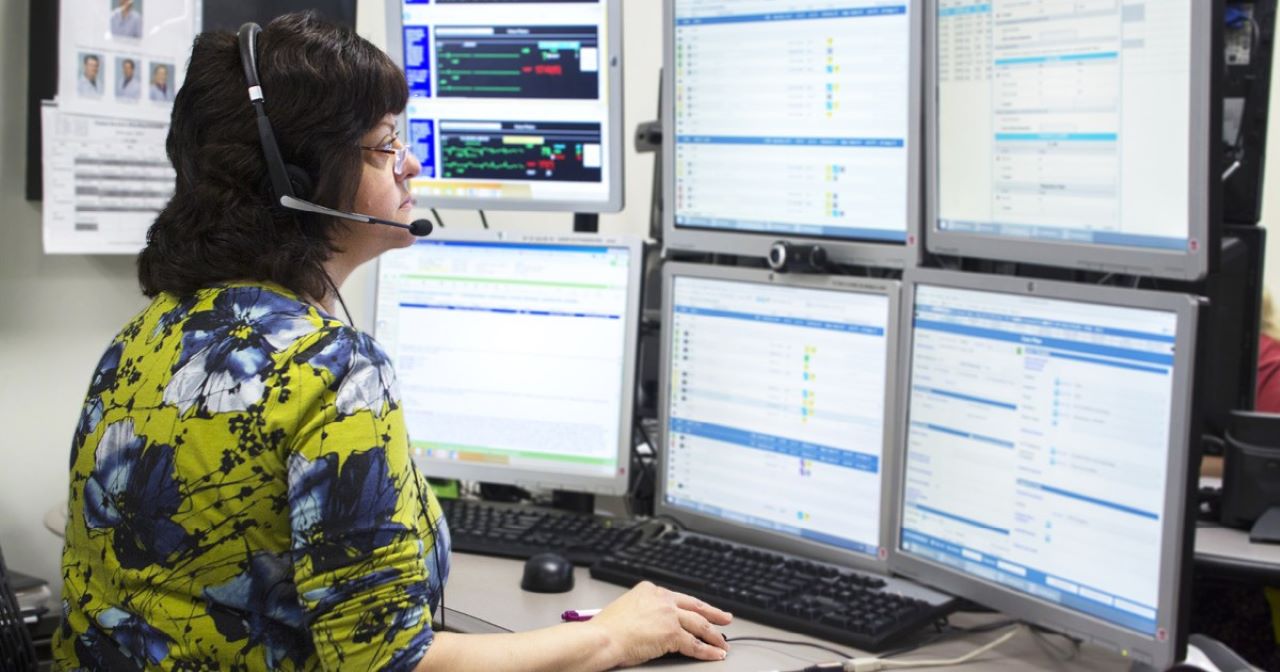
OSF HealthCare and the University of Illinois College of Medicine at Peoria, are collaborating with Jump Simulation and Chicago-based Northwestern University on a four-year project in a bid to introduce telehealth solutions to rural hospitals.
The Agency for Healthcare Research and Quality (AHRQ) will be funding the project with a $750,000 grant. Research sites chosen for the project were OSF HealthCare hospitals in Pontiac and Galesburg.
The project creates patient simulations that directly broadcast videos to an electronic intensive care unit (eICU) in Peoria, Illinois.
This, in turn, connects rural emergency departments with doctors, nurses and other caregivers treating severe sepsis and septic shock patients.
Sepsis is common in patients suffering from severe Covid-19 and also a leading cause of death in US hospitals.
Sepsis Alliance professor of pulmonary and critical care medicine and medical adviser Dr. Steven Simpson, stated in a recent Healthleaders.com article, “For Covid-19 patients who require ICU care, by definition, nearly all of them have sepsis. And we know the mortality rate for Covid-19 patients in ICUs is in the range of 30%-40%.”
How well do you really know your competitors?
Access the most comprehensive Company Profiles on the market, powered by GlobalData. Save hours of research. Gain competitive edge.

Thank you!
Your download email will arrive shortly
Not ready to buy yet? Download a free sample
We are confident about the unique quality of our Company Profiles. However, we want you to make the most beneficial decision for your business, so we offer a free sample that you can download by submitting the below form
By GlobalDataJump Simulation emergency department physician and director of research William Bond said: “The study looked at expanded use of remote monitoring for rural emergency departments which have small staffs that can easily be overwhelmed if they have multiple severely ill patients. With sepsis patients, the research introduced remote monitoring earlier.”
As rural hospitals struggle to provide expert care with their limited resources, the need to implement safe and easy-to-use telehealth solutions has become even more important.
Regarding complications arising due to untreated sepsis, OSF HealthCare RN and research coordinator Kim Cooley explained: “They can appear ok or not as severe when they enter emergency rooms and then go downhill really fast and if you don’t initiate certain treatments within certain time frames after they start to go downhill, then they could die.
“The monitoring includes cameras on the telehealth cart, patient vitals as seen on in-room monitors, conversations between the ED staff and eICU nurses via telephone, or a combination of the three. Patients can benefit from another set of eyes.”







